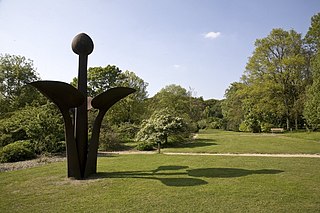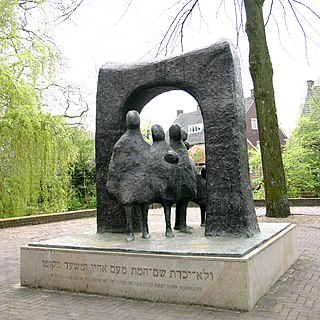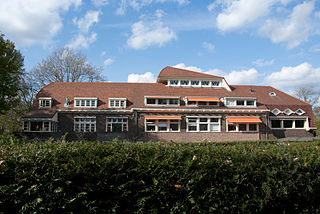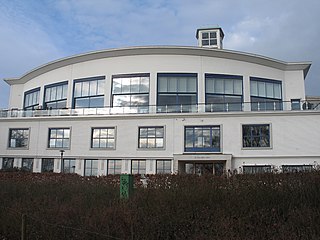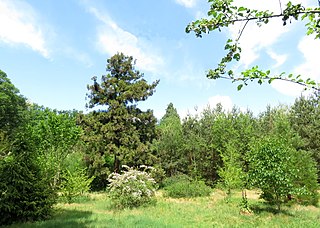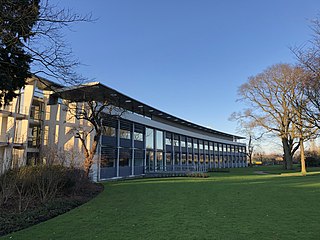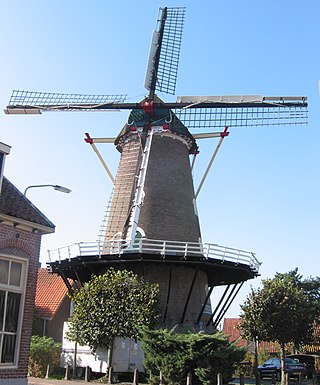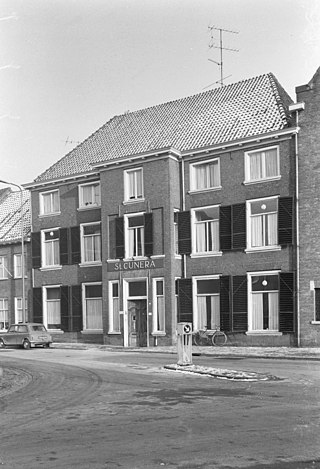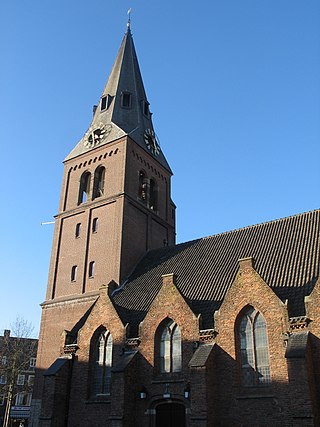16 Sights in Wageningen, Netherlands (with Map and Images)
Legend
Welcome to your journey through the most beautiful sights in Wageningen, Netherlands! Whether you want to discover the city's historical treasures or experience its modern highlights, you'll find everything your heart desires here. Be inspired by our selection and plan your unforgettable adventure in Wageningen. Dive into the diversity of this fascinating city and discover everything it has to offer.
Sightseeing Tours in Wageningen1. Arboretum 'Belmonte'
The Belmonte Arboretum is a botanical garden in Wageningen, the Netherlands. It was an estate for a long time. In 1951, the estate was transferred to the former Wageningen Agricultural College, which converted the site into an arboretum. Until August 2009, the tree garden was scientifically managed.
2. World Soil Museum
The World Soil Museum (WSM) displays physical examples of soil profiles (monoliths) representing major soil types of the world, from the volcanic ash soils from Indonesia to the red, strongly weathered soils from the Amazon region. The museum is managed by ISRIC - World Soil Information, legally registered as the International Soil Reference and Information Centre (ISRIC), an independent, science-based foundation. Physically, the museum is located on the campus of Wageningen University and Research Centre in Wageningen, The Netherlands.
Wikipedia: World Soil Museum (EN), Website, Twitter, Facebook, Linkedin, Instagram, Youtube
3. De Casteelse Poort
The Casteelse Poort is a small museum in the city of Wageningen, the province of Gelderland. The museum offers both permanent and temporary exhibitions about the history of Wageningen, as well as (sales) exhibitions of modern art in the so-called Coach House.
4. De Levenspoort
The Levenspoort is a Dutch war memorial in memory of the deportation of Jews from Wageningen and the surrounding area. It is also referred to as a Jewish Monument and was commissioned by the Foundation for Jewish Memorial Wageningen and made by Yetty Alsace. The monument is located on the Walstraat in Wageningen and was inaugurated on 4 May 2000.
5. The Sower
The Sower is a statue at the Atlas building of the Wageningen University and Research Centre (WUR) in Wageningen on the Droevendaalsesteeg. It was made by the Wageningen sculptor August Falise (1875-1936). The statue is regarded as a symbol of Wageningen science.
6. Schip van Blaauw
Het Schip van Blaauw is the former Laboratory for Plant Physiology of the Wageningen Agricultural College. The complex, built in 1919-1920 to a design by Cornelis Jouke Blaauw, has the status of a national monument.
7. Laboratorium voor Landmeetkunde
The Laboratory for Surveying or Laboratory for Geodesy is a former laboratory of the Agricultural College Wageningen. The building, built in 1953 to a design by Frants Edvard Röntgen, has had the status of a national monument since 2007.
Wikipedia: Laboratorium voor Landmeetkunde (Wageningen) (NL)
8. Monument voor de gevallenen
The Monument to the Fallen is a national monument in Wageningen, the Netherlands. With the monument, Wageningen wants to commemorate both the soldiers and the civilian victims who died during the Second World War.
9. Johannes de Doperkerk
The St. John the Baptist Church, in full the Church of St. John the Baptist Nativity and Resurrection of the Lord, is the Roman Catholic church of Wageningen. The church from 1925 is located on the Bergstraat and is popularly known as "Bergstraatkerk". The church is part of the parish of Z. Titus Brandsma.
10. 't Venster
't Venster in Wageningen was built in 1897 as a Rijks Hoogere Burgerschool to a design by J. van Lokhorst. Today it is used as a centre for music, dance, theatre and visual arts. 't Venster consists of three buildings: at number 1 the main building; at number 3 the caretaker's house and at number 5 the school building. The three buildings are protected as national monuments.
11. Arboretum Oostereng
Arboretum Oostereng is an arboretum in the municipality of Wageningen. The arboretum was laid out in 1911 by Leonard Springer, who was not only a landscape architect but also a collector of special trees. Until 1936, many special and less special trees were planted.
12. Het Depot
Sculpture Gallery Het Depot is a museum in Wageningen, the Netherlands. The museum has both permanent and temporary exhibitions on contemporary sculpture. People are central to the collection and the human dimension is reflected in the exhibitions. Touching the statues is allowed and admission is free. Het Depot emphatically does not describe itself as a museum, but as a 'sculpture gallery'. The sculptures in Het Depot were mainly purchased from the artists.
13. Wagenburcht
The Wagenburcht is a Christian Reformed church building in the town of Wageningen, Gelderland. The building is located at Kastanjeweg 2, on the corner of Beatrixlaan. It was built in 1967. The architect was Pieter Bügel (1926-1991). Expansions took place in 1993 and 1999. The organ dates from 1978. It was built by organ builder Ernst Leeflang. The Wagenburcht is part of the Reformed Churches liberated.
14. De Vlijt
De Vlijt is a windmill located on the Harnjesweg 54 in Wageningen, Netherlands. Built in 1879 it has been in use ever since as a gristmill. The mill was built as a Smock mill and its four sails have a span of 22.30 meters. The mill was bought by the local government and restored in 1978, and it was listed as a national heritage site in 1970.
15. Huize Sint Cunera
Huize Sint Cunera is a national monument located on the Markt in Wageningen. Sint Cunera consists of an 18th-century façade in front of two older deep buildings with an alley in between. In 1710 a new joint façade was built in front of the houses by order of Jacob van Lawick. Around 1740 a mezzanine floor and pieces were added to the back. In 1934 the building was extensively renovated.
16. Grote Kerk
The Grote Kerk or Johannes de Baptistkerk is a three-aisled cruciform church on the Markt in Wageningen in the Dutch province of Gelderland. The first church on this site was built in Romanesque style after Wageningen received city rights in 1263. In the 15th century the church was expanded with a north aisle in Gothic style. In the 16th century, the rest of the church was also renovated in this style. In 1861-1862 the church was restored under the direction of the architect L. H. Eberson, during which the tower was fitted with four later highly criticized gables. The church has the status of a national monument. In 1810 the church came into the possession of the Reformed Municipality of Wageningen, but the tower always remained in the possession of the civil municipality.
Share
Disclaimer Please be aware of your surroundings and do not enter private property. We are not liable for any damages that occur during the tours.
